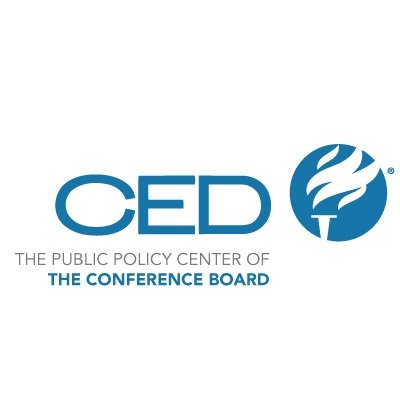Report suggests comprehensive immigration reform as a solution to U.S. labor shortage
According to a recent report from the Committee for Economic Development, nearly 11 million jobs are unfilled in the U.S., which is contributing to ongoing economic constraints. Even if all unemployed workers took those positions, approximately 5 million workers would still be needed. The report suggests that immigration reform could help fill the gap, especially as the U.S. population continues to age and birth rates decline.
The report recommends a two-pillar approach to increasing the nation’s quantity of labor. The first pillar is expanding U.S. labor force participation by reskilling, diversifying talent pools, and supporting older workers and caretakers. The second pillar is comprehensive immigration reform that expands legal pathways and encourages immigrants’ immediate contribution to the workforce. Delaying reform could put severe pressures on the U.S. workforce, hindering overall innovation, productivity, and growth.
The report also provides several recommendations for the two-pillar approach. For instance, support for older workers who want to work could include removing the Medicare benefits cliff, piloting a repeal of the Social Security retirement earnings test, and allowing flexible work arrangements. Employers can also expand flexibility for those with dependent care responsibilities, such as employees who care for children, older adults, or other dependents.
To support immigration reform, additional pathways could be opened for work authorization and permanent residence, including raising or eliminating caps on green cards and visas for employer-sponsored workers. The report also suggests streamlining the retention of H-1B high-skill workers and F-1 international students, allowing for changes in employers, and permitting these visa holders to self-nominate for permanent residence after meeting their required visa terms.
Reform measures could also improve processes and upgrade capacity for immigration application and approval, including goals for application decision times, quarterly or monthly allocations for H-1B visas, expansion of interview waivers, and deployment of enough officers to the busiest U.S. consulates. On the enforcement side, mandatory use of E-Verify could help ensure that jobs are filled by screened applicants and deter unauthorized migration by eliminating job opportunities for unscreened applicants.
Other groups have supported similar reforms as a way to fill job openings due to pandemic-era shifts. The U.S. Chamber of Commerce and state chambers of commerce have urged lawmakers to consider changes that would help retain high-skill workers and create a reliable verification system to reduce inflation, address supply chain issues, and bolster the economy.











